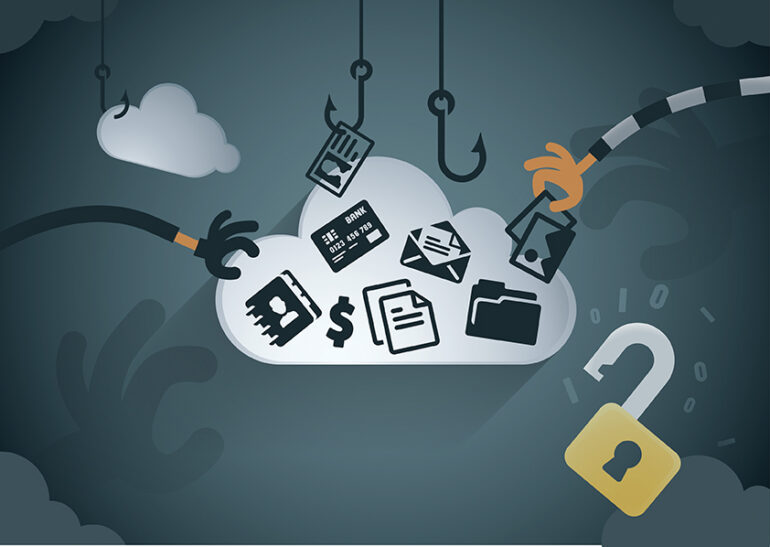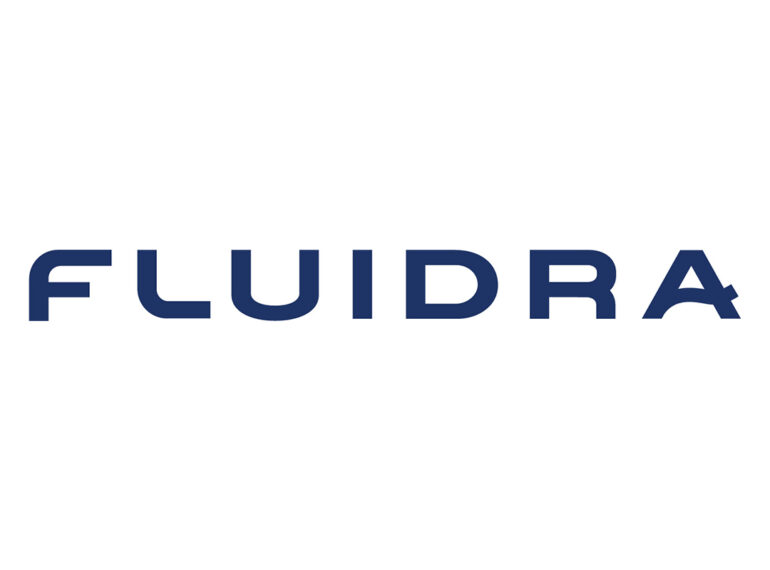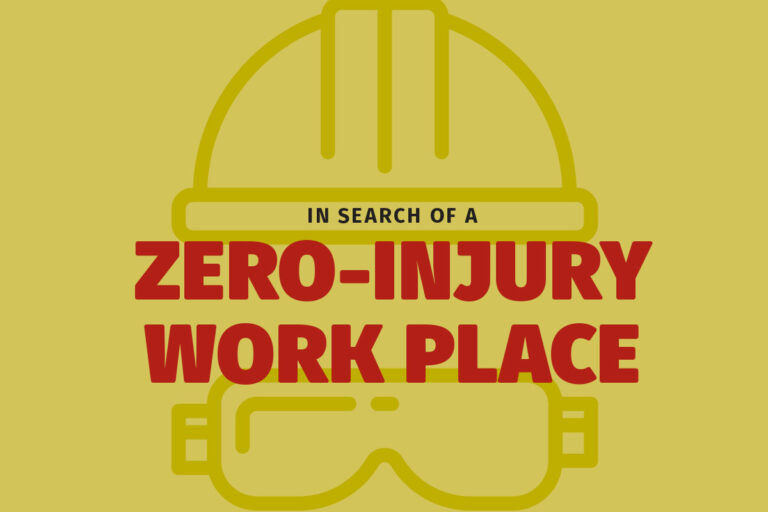‘We will all survive.’

The August fire at the BioLab plant in Westlake, Louisiana, did not cause the current chlorine shortage in the industry, but it certainly contributed to it.
Since the beginning of the pandemic and subsequent shutdown, the pool industry has been grappling with shortages of all kinds, including building materials, supplies and labor. With many consumers spending more time at home, demand skyrocketed for pools and everything that goes with them, including chlorine. With BioLab*, maker of trichlor chlorine tablets, suddenly out of commission for an unknown period, pool professionals are left to deal with the shortage.
“Trichlor is one of the most popular primary sanitizers for residential pools,” says Jason Davila, product manager of chemical automation and sanitization at Hayward. “The fire at the BioLab plant in Louisiana has all but guaranteed there will be a significant decline in supply for the North American markets.”
For Julie Johnson, operations manager at Mission Pool & Spa in Mission Viejo, California, the situation is more serious. “In a time of natural disasters and a pandemic, this couldn’t have come at a worse time,” she says. “The swimming pool industry is booming, with more jobs than we can even handle. Having a shortage of any chemical is a nightmare. With it being the chemicals we use most, trichlor tabs and dichlor, it is causing strife in the industry. Now is the time for the pool industry to shine, and this is really putting a damper on things.”
For Thomas Rosander, president and CEO of Sonoma Hot Tubs & Pool Supplies in Sonoma, California, the fire and resulting shortage has been manageable.
“Here in California, and probably most of the country, at this point the pool season is winding down,” Rosander says, “so it’s not as critical of a need as it would have been in the summer or the start of the season.”
Anticipating people spending more time at home, Rosander ordered accordingly at the beginning of pool season, so he started with more chemicals inventory than usual. Even though both of his Northern California stores have run out of specific chemicals in some sizes, he has not raised his prices.
“We didn’t play that game,” he says. “People are adapting. We can sell them different sizes and so far, they’re OK with that.”
With Johnson’s local supplier out of chlorine tablets, she has moved to selling off brands. She has also switched customers to liquid chlorine and promoted the use of enzymes, Pool RX and other algaecides.
“Our only saving grace is that we are getting into winter and won’t need tabs or as many chemicals,” she says.
Like Johnson, many pool professionals have had to explore trichlor alternatives, such as liquid chlorine. Other products on the market — like Nature 2, an eco-friendly mineral sanitizer made by Fluidra — are not alternatives or substitutes for chlorine but can reduce chlorine usage by up to 50%, according to Mara McCartney, Fluidra’s senior product manager for water sanitization.
“Inquiries into other sanitizing options have increased some,” says John Bokor, director of North American sales for Haviland Pool & Spa. “Pros and consumers will explore options that make sense to them. We’ve always promoted alternate chemistry as a way to reduce chlorine demand.”
He anticipates that borates, enzymes and phosphate removers, as well as filter cleaners and filter aids, are all going to be in demand this coming year. Haviland is introducing a new program, “3 Ways to Use 30% Less Chlorine,” to help pool owners reduce their chlorine use.
“The goal is to require less chlorine by ensuring the chlorine is focused on sanitation and not wasted on other demands,” Bokor says. “We know sanitization is the most important element of pool water chemistry, but we also know it can be done more effectively and more economically regardless of sanitizing method.”
Hayward’s Jason Davila also suggests alternatives to trichlor tabs for pool professionals. He says dichlor, calcium hypochlorite and liquid chlorine are all widely used and, in some parts of the country, more popular than trichlor. He does caution, however, that the products are not interchangeable.

“These forms of chlorine are composed of different ingredients,” he says. “Therefore understanding how those differences will affect pool chemistry is very important prior to making any change.”
While trichlor can continue to be used — though likely at a higher price, given the shortage — Davila says alternative sanitizers are available.
“These alternative sanitizers include technologies such as UV (ultraviolet), O3 (ozone) and AOP (advanced oxidation process), which provide additional sanitization benefits beyond what chlorine can achieve on its own, while simultaneously reducing the amount of chlorine needed by 50 to 60%,” he says.
Davila also touts the availability of saltwater chlorinators, which convert regular table salt into a virtually endless supply of chlorine, ensuring the pool is properly sanitized without having to store or handle chemicals.
“Not only is this solution convenient for both the homeowner and pool professional,” Davila says, “but it also provides a premium swimming experience in addition to a substantial return on investment, since the price per pound of chlorine for saltwater chlorinators is often less than other solutions.”
Derrick Todd, owner of Aquanut Pool Care in Greer, South Carolina, and host of the Aquanut podcast says panic is not warranted because there are other ways of adding chlorine to a pool. He expects everyone will raise their prices at some point but believes pool owners are sensitive to pandemic-related supply chain problems and will accept price increases.
“The BioLab fire is not the end of the world,” Todd says. “We will all survive.”
*Official statement provided by BioLab
In August 2020, Hurricane Laura inflicted severe damage upon Biolab’s Lake Charles, Louisiana, plant. Biolab is working directly with customers to assist them with sanitizer products for 2021, while the other product lines remain unaffected by these recent events.






